Come summertime in France, the eastern region of Alsace and its Vosges mountains burst with “blue gold.” Such is the nickname given to the local wild blueberries—myrtilles and brimbelles—which are beloved in the region and feature heavily in its cuisine.
Visit Alsace this time of year, and you’re sure to find an Alsatian blueberry tart in most restaurants, cafes, and bed-and-breakfasts. Made with a buttery, crisp-tender crust and a generous blueberry filling, the tart is one of the region’s iconic desserts. Here’s the defining twist: Just before baking, a quick, rich custard is poured over the fresh berries, creating an extra juicy filling with a delicious creaminess.
This is also a treat that locals love to make in their own kitchens. It requires simple ingredients and is easy to make, using two basics of French baking: a pâte brisée—the classic French pie or tart crust—and a migaine—that rich custard that sets the filling.
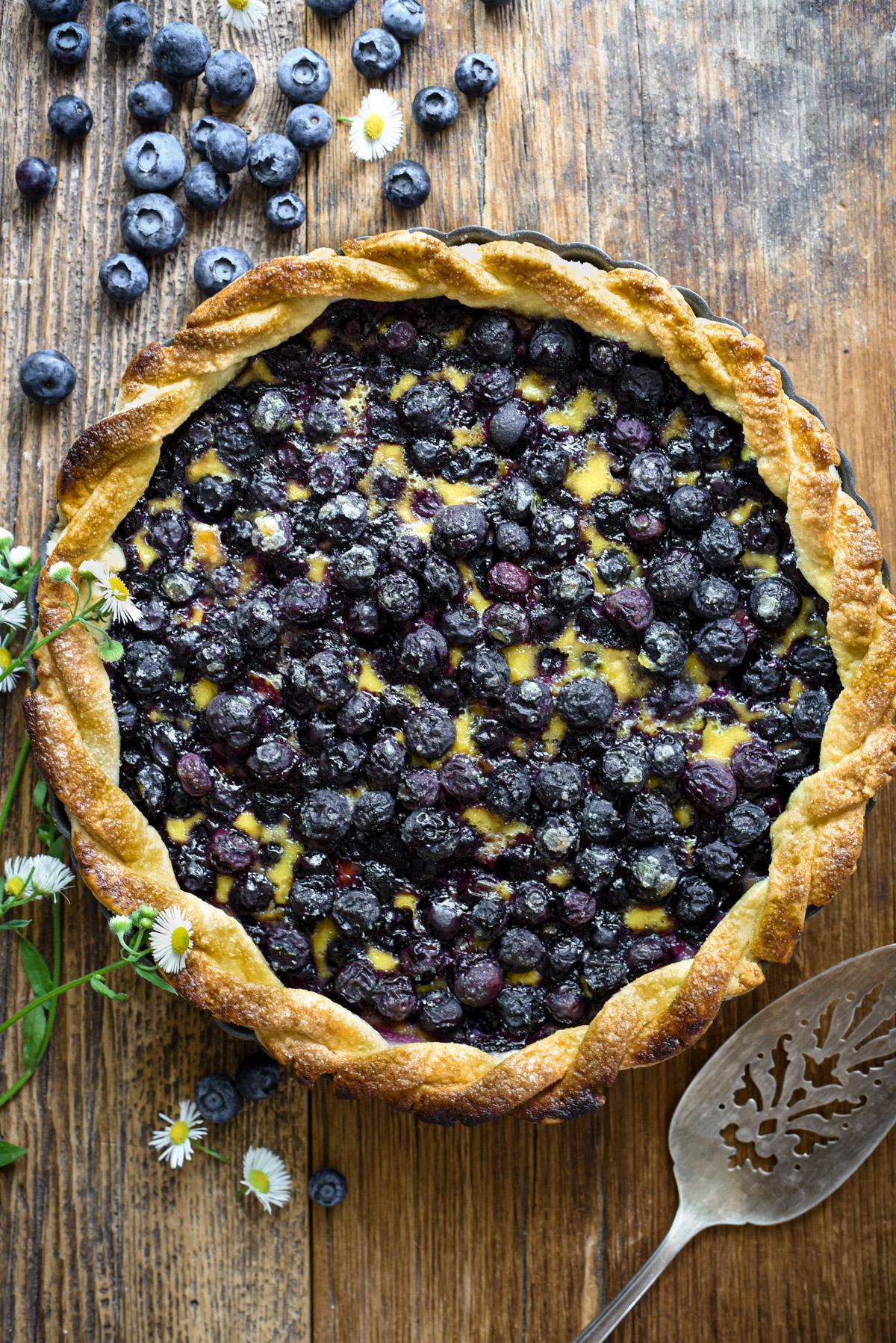
A Pâte Brisée for the Crust
Pâte brisée is the French version of a standard pie crust, made with flour, water, and a generous amount of butter—and no sugar or eggs. With just a few ingredients, it’s a simple, quick pie crust often used for rustic desserts that allow the fruits to be the center of attention. Since it doesn’t call for any sugar, it can be used for both sweet and savory pies, whether quiches, fruit tarts, or galettes.For a proper pâte brisée, it’s essential to use cold butter and ice-cold water to make the dough. The butter needs to be cold—not room temperature—to be properly distributed throughout the flour without softening. Ice-cold water will bind the ingredients together also without softening the butter. This will ensure that little bits of butter are still present in the dough once it’s rolled out, which makes for a most tender crust after baking.
Don’t overmix the dough; stop mixing once it just comes together into a rough ball. Otherwise, your crust likely will end up too tough once baked.
A Migaine for the Filling
What makes this Alsatian blueberry tart truly stand out from others is the quick custard, called migaine, that is poured over the blueberries right before baking. Sometimes referred to as a flan, a filling, or a custard, a migaine is a simple mixture of crème fraîche and egg yolks. Preparing a migaine to fill sweet and savory tarts is quite popular in the eastern part of France.Once baked, the migaine transforms into a soft, flan-like texture that wraps around the blueberries. The custard’s mellow, creamy flavor pairs perfectly with the sweetness and acidity of the fruit.
Alsatian Blueberry Tart (Tarte aux Myrtilles Alsacienne)
Although you can opt for a store-bought crust for convenience, making your own pâte brisée will make a big difference here. This recipe will give you enough for a 9-inch tart pan, plus leftover dough for decorations, such as lattice designs on top or braids around the edge.Crème fraîche can be found at most grocery stores, near the sour cream.
Makes one 9-inch tart
- 2 cups all-purpose-flour
- 1/2 cup (1 stick) cold unsalted butter, cubed
- Pinch of salt
- 1/4 cup ice-cold water
- 3 cups fresh blueberries, washed and dried
- 1/4 cup crème fraîche
- 2 egg yolks
- 2 tablespoons sugar
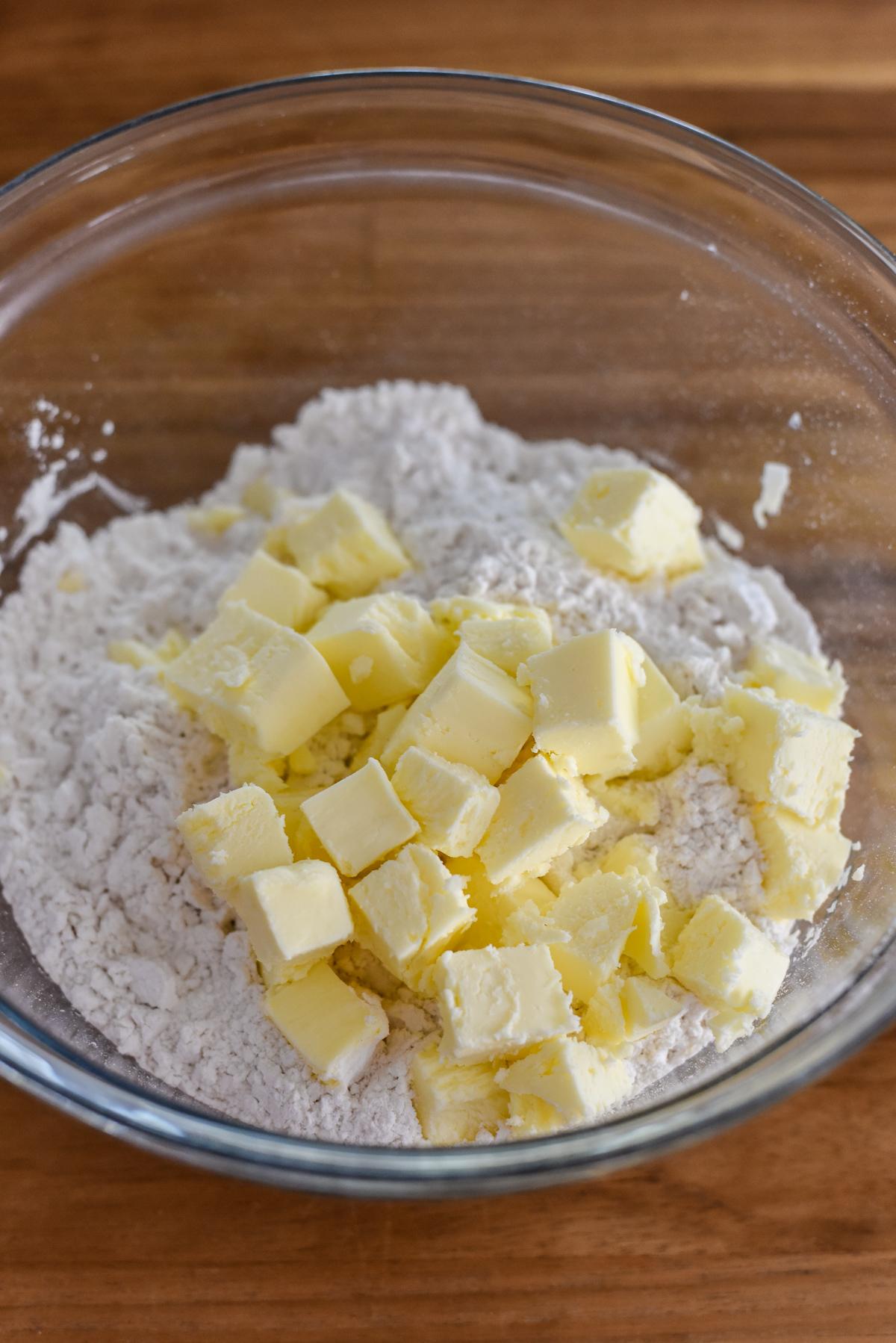
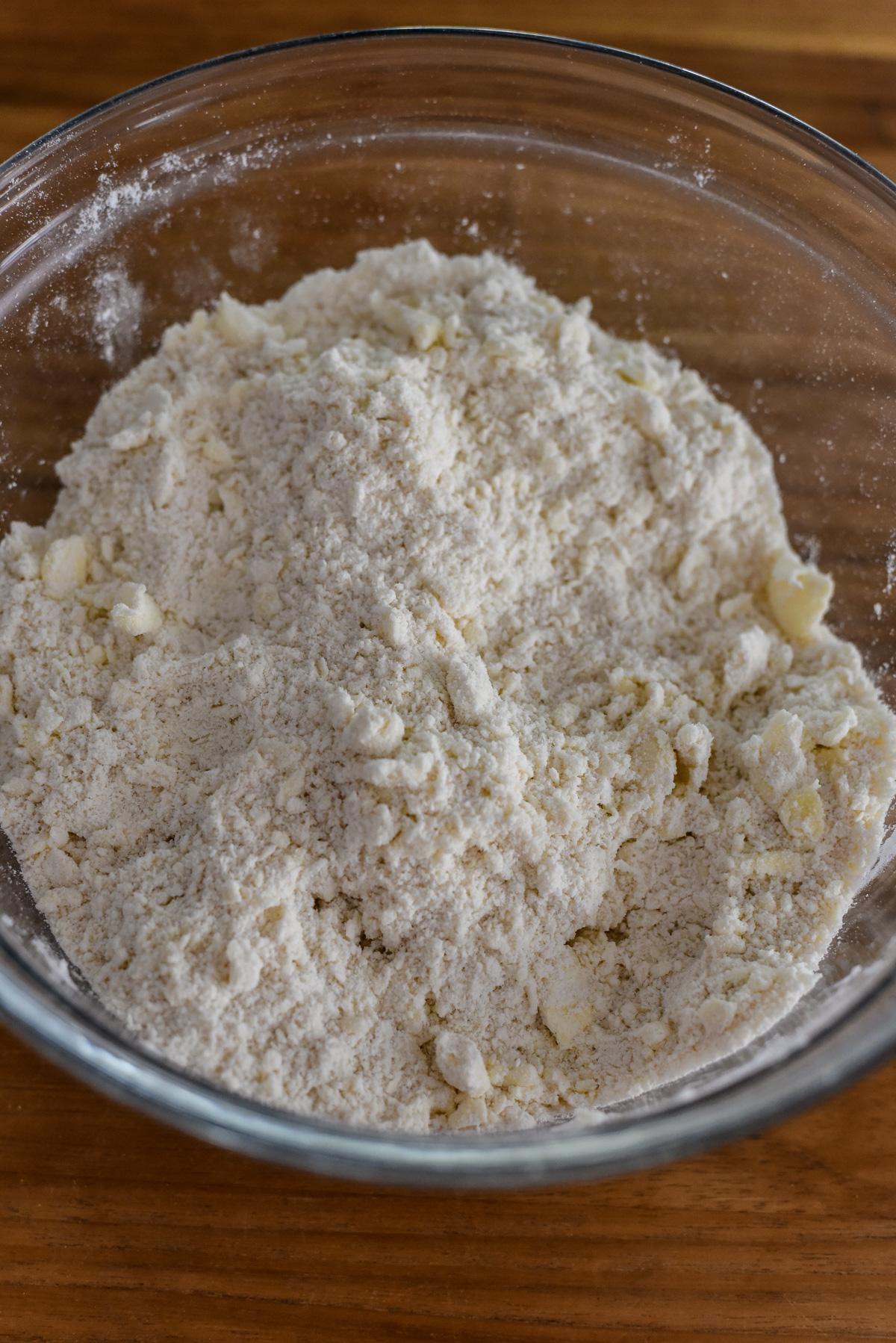
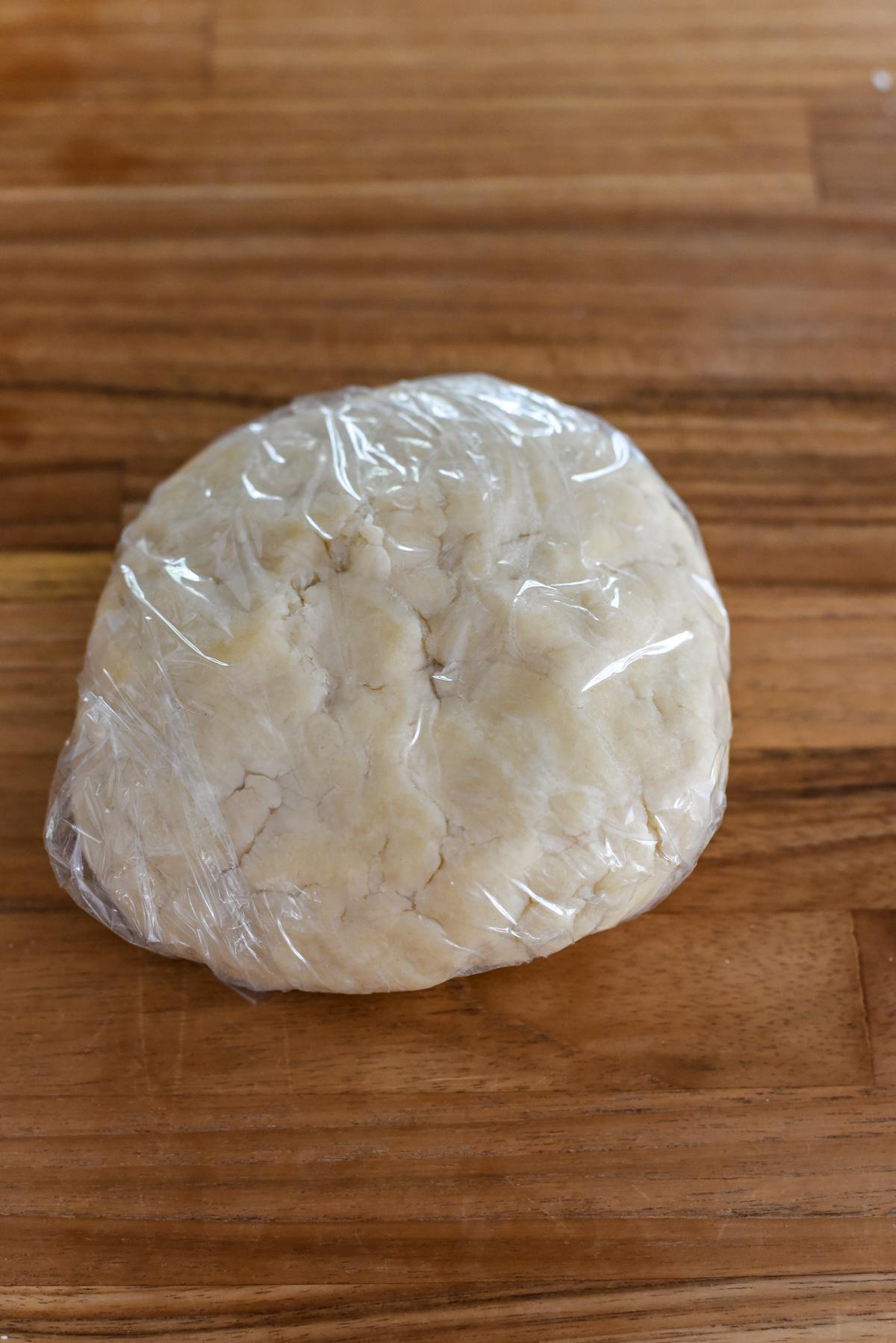
Preheat the oven to 390 degrees F with a rack in the middle. Butter and flour a 9-inch tart pan.
Remove the chilled dough from the fridge and transfer onto a lightly floured surface. Roll out the dough into a 16-inch circle, about 1/6-inch thick. (If the dough is too cold and firm to work with, let it sit at room temperature for 5 or 10 minutes.) Drape the dough over your rolling pin and transfer it to the tart pan. (If the dough cracks during this process, wet your fingers lightly with lukewarm water and rub the cracks to bind the dough back together.) Trim the excess dough around the edges of the pan; use the excess to make decorations, or keep it for another baking project. Use a fork to evenly poke the bottom of the crust, 10 to 12 pokes total.
Make the migaine: In a small bowl, combine the egg yolks and crème fraîche. Whisk together with a fork until evenly combined, with no lumps.
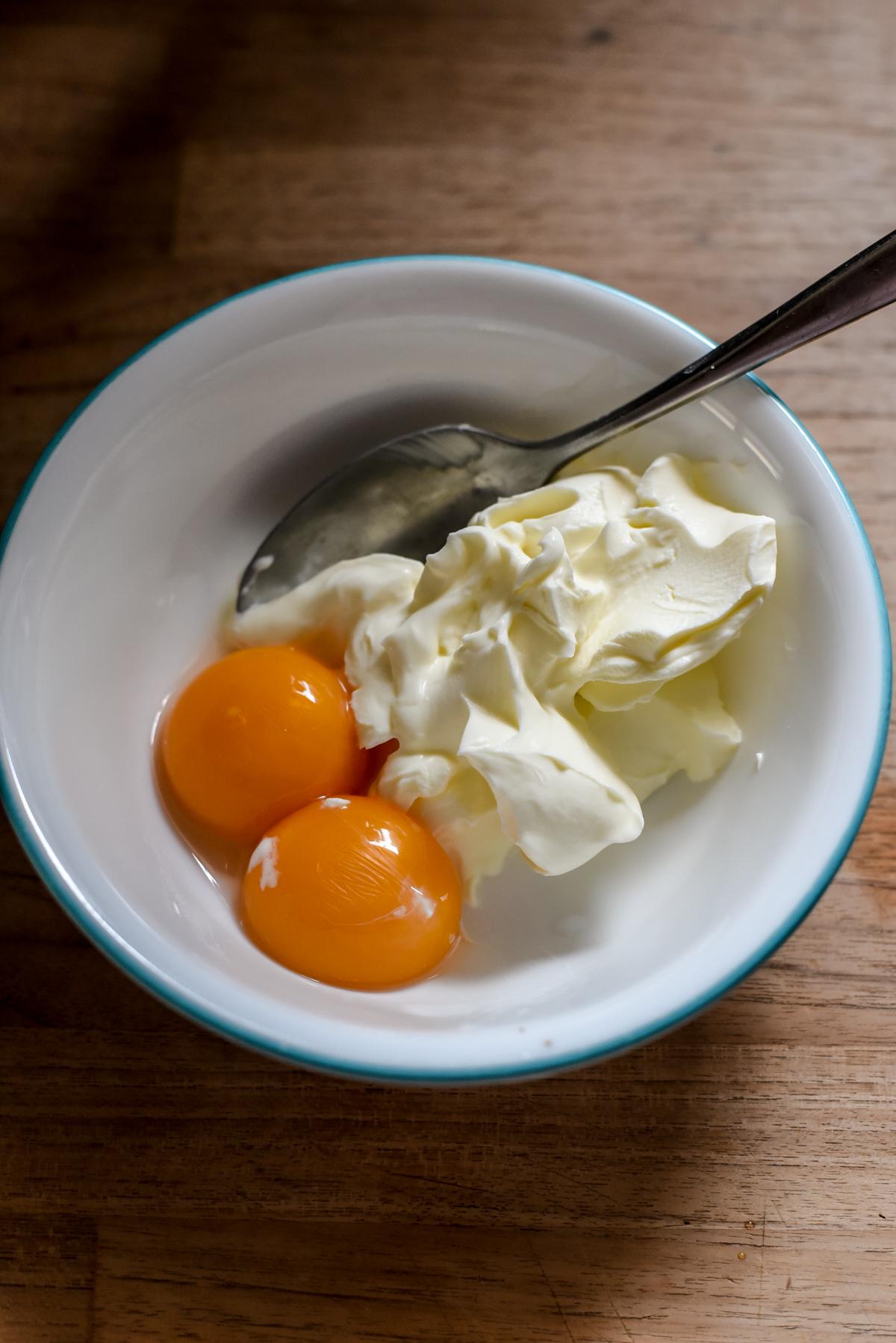
Assemble the tart: Evenly scatter the blueberries into the crust. Pour the egg yolk and crème fraîche mixture over the top and toss gently until the blueberries are evenly coated. Sprinkle evenly with the sugar. Optional: If using any crust decorations, add them to the tart and brush with egg wash (1 egg yolk mixed with 1 tablespoon milk).
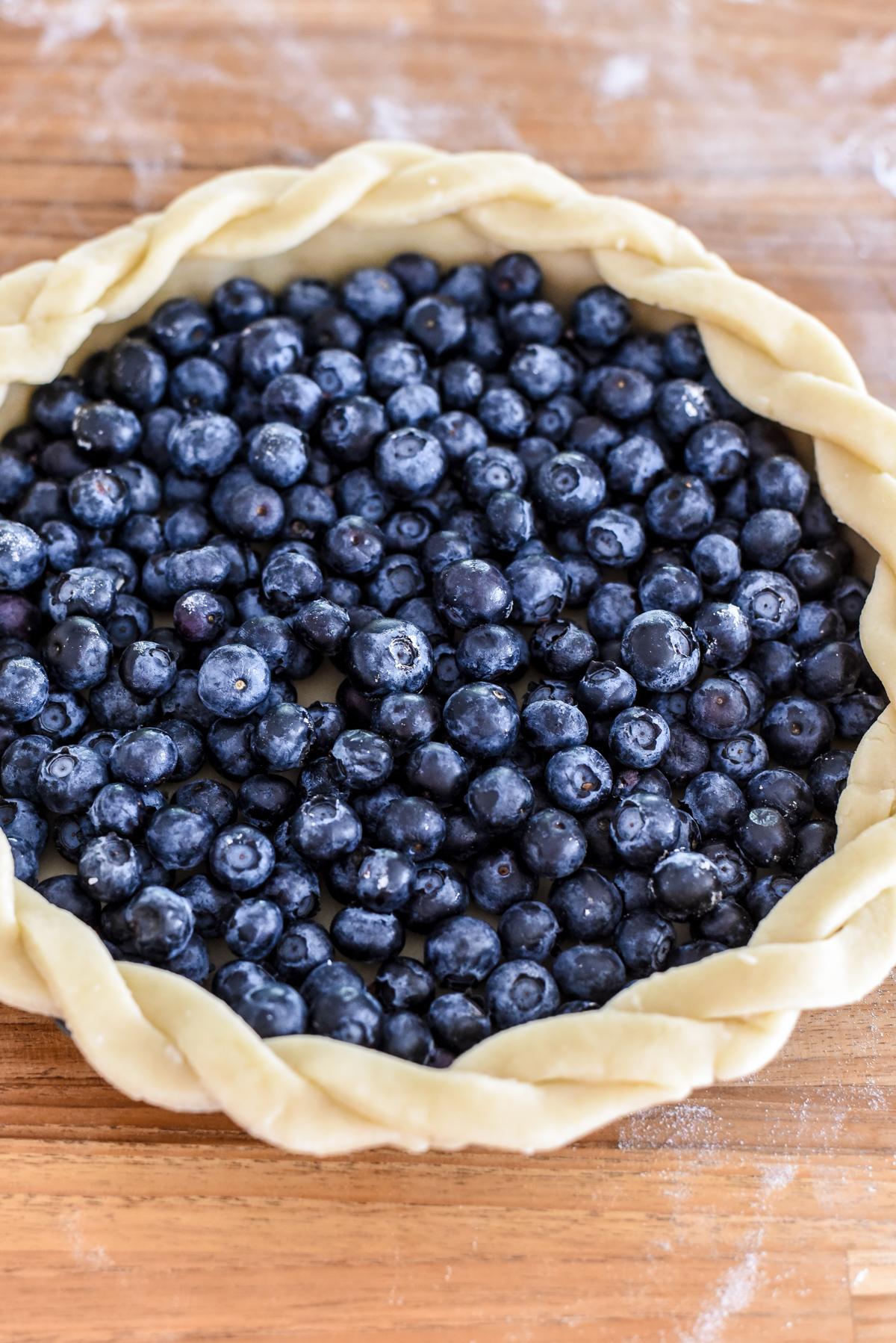
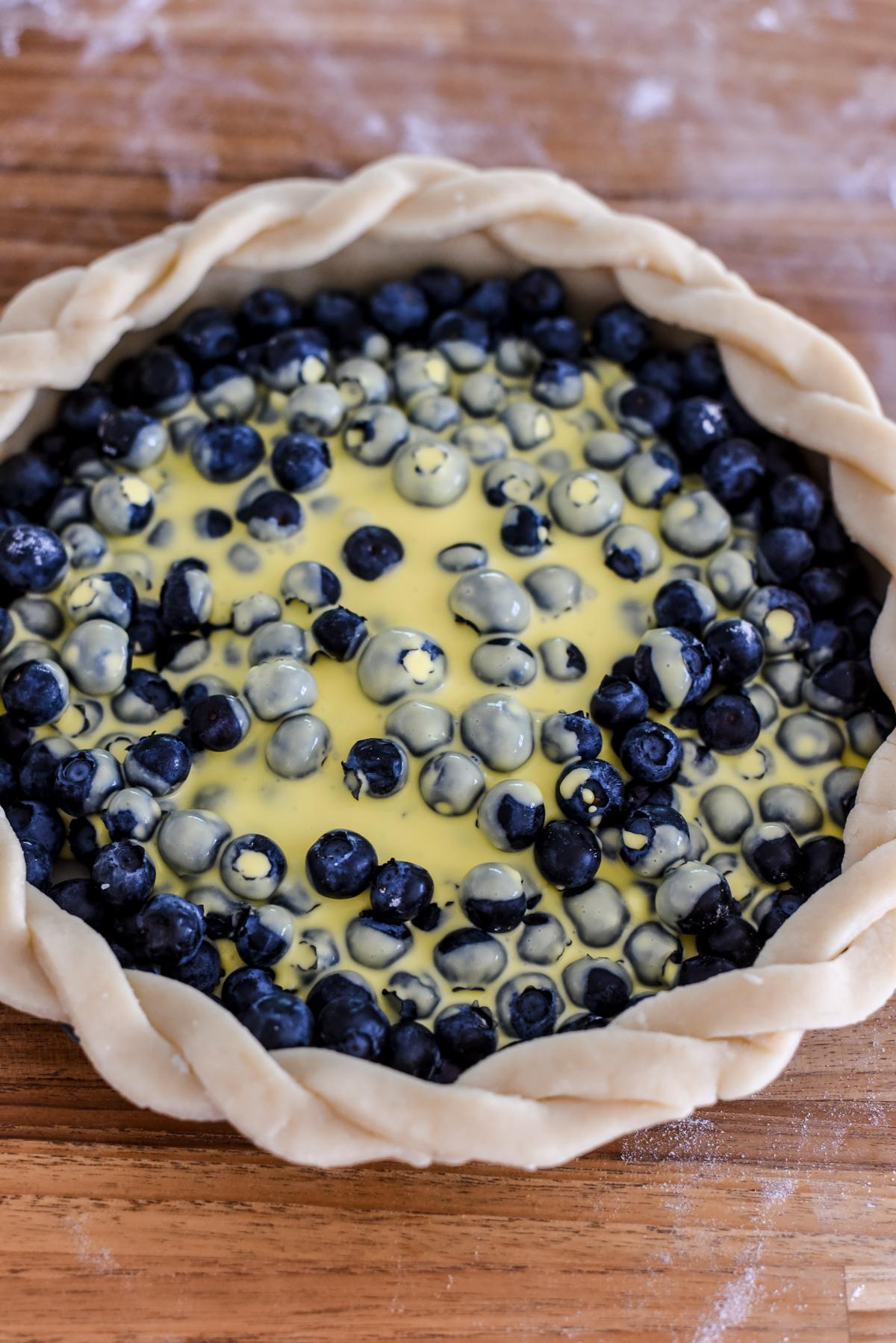
Bake for about 40 minutes, until the crust is golden brown and the filling is bubbling. Transfer onto a cooling rack and let cool for at least 15 minutes before eating. Enjoy warm or completely cooled.

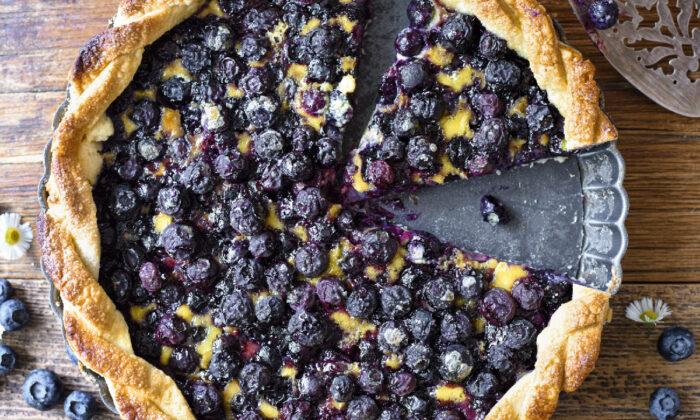
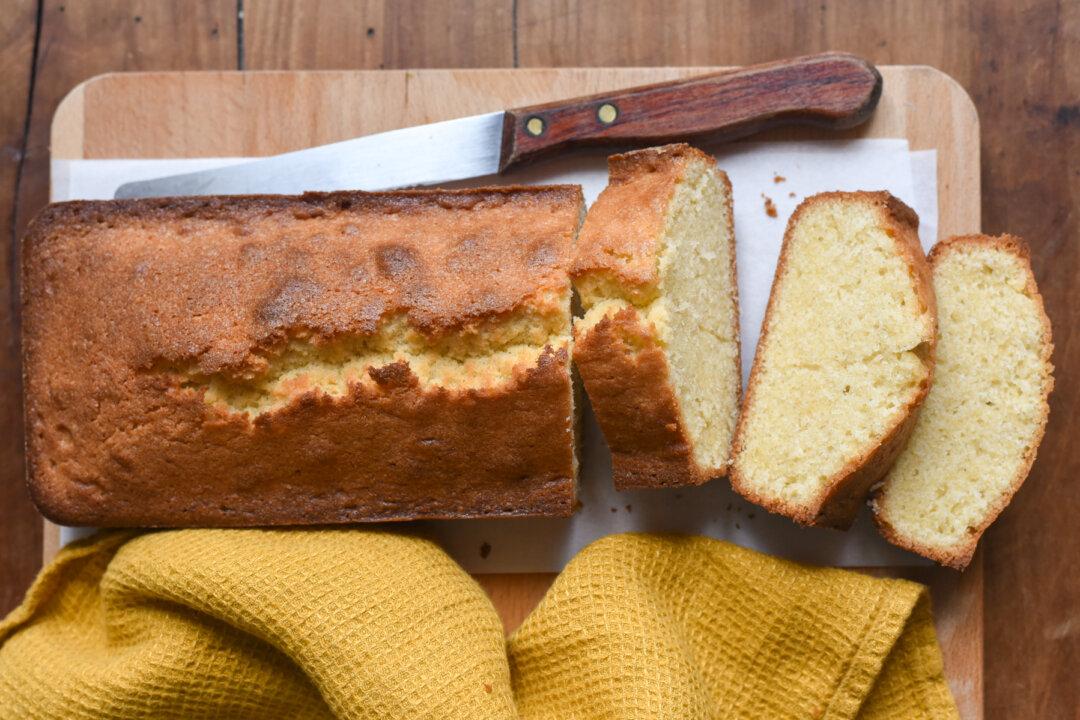


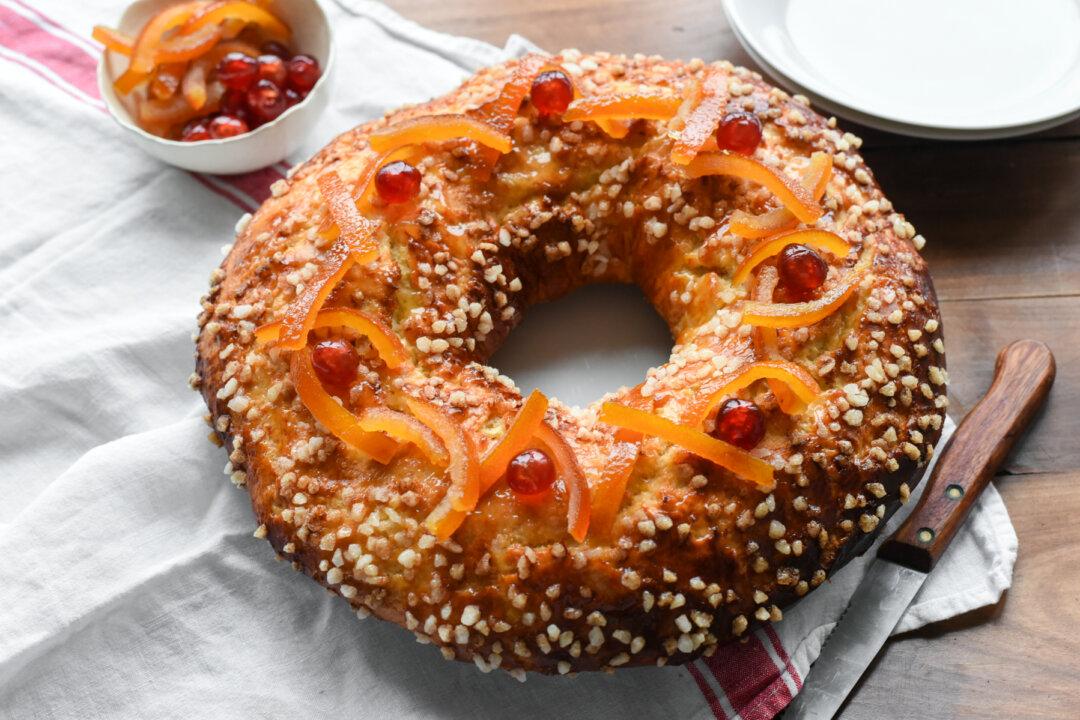
Friends Read Free